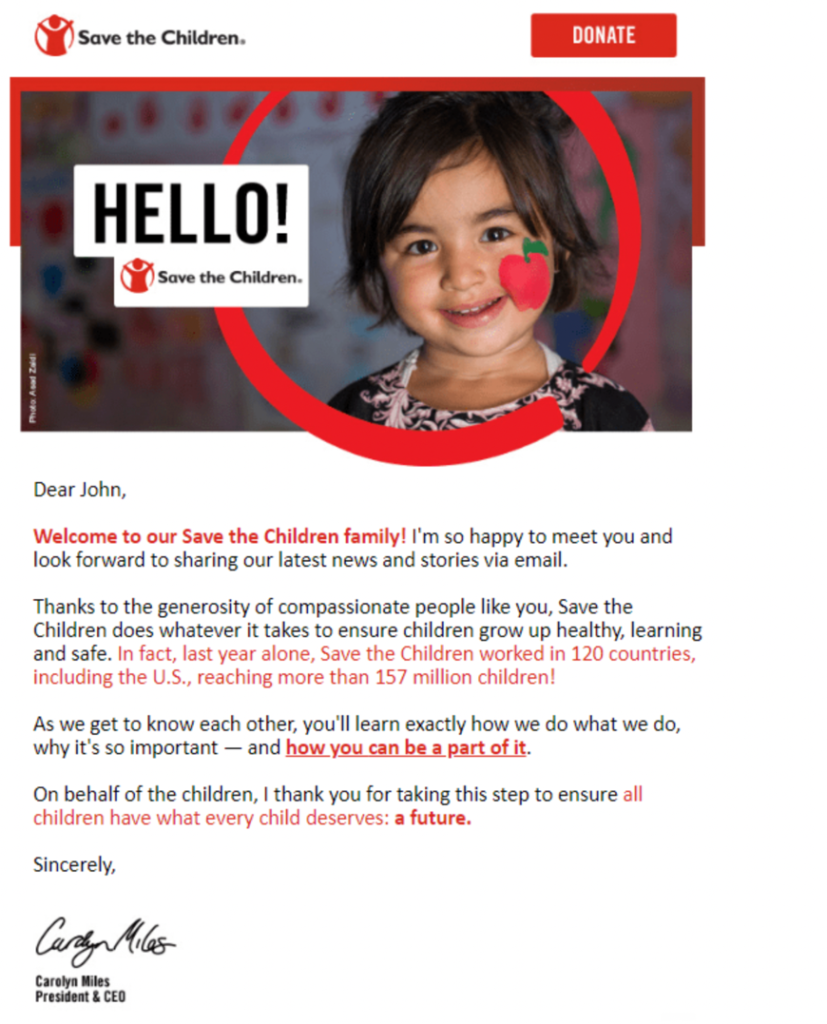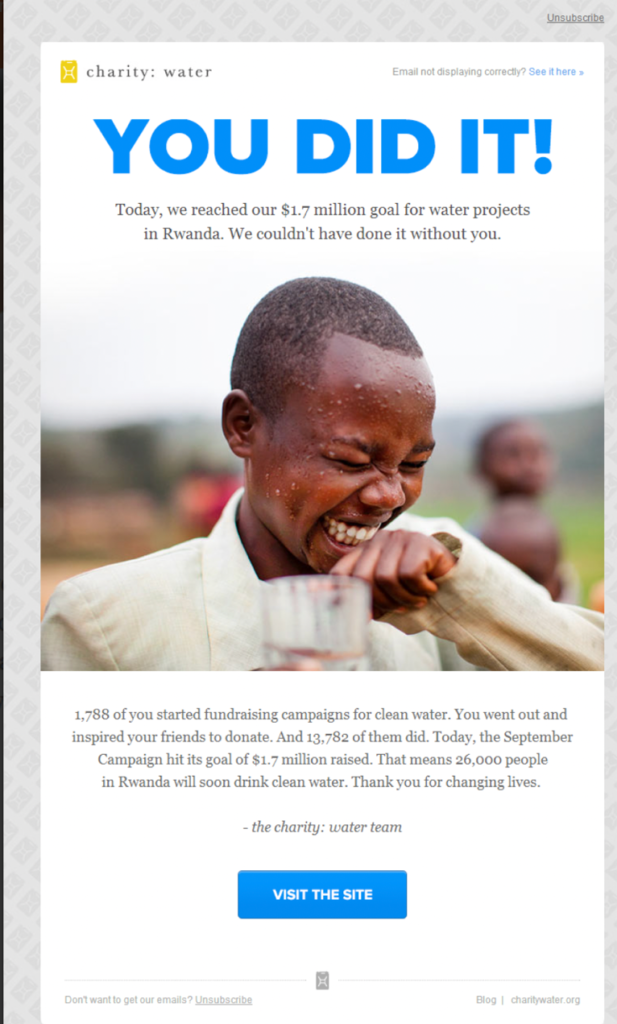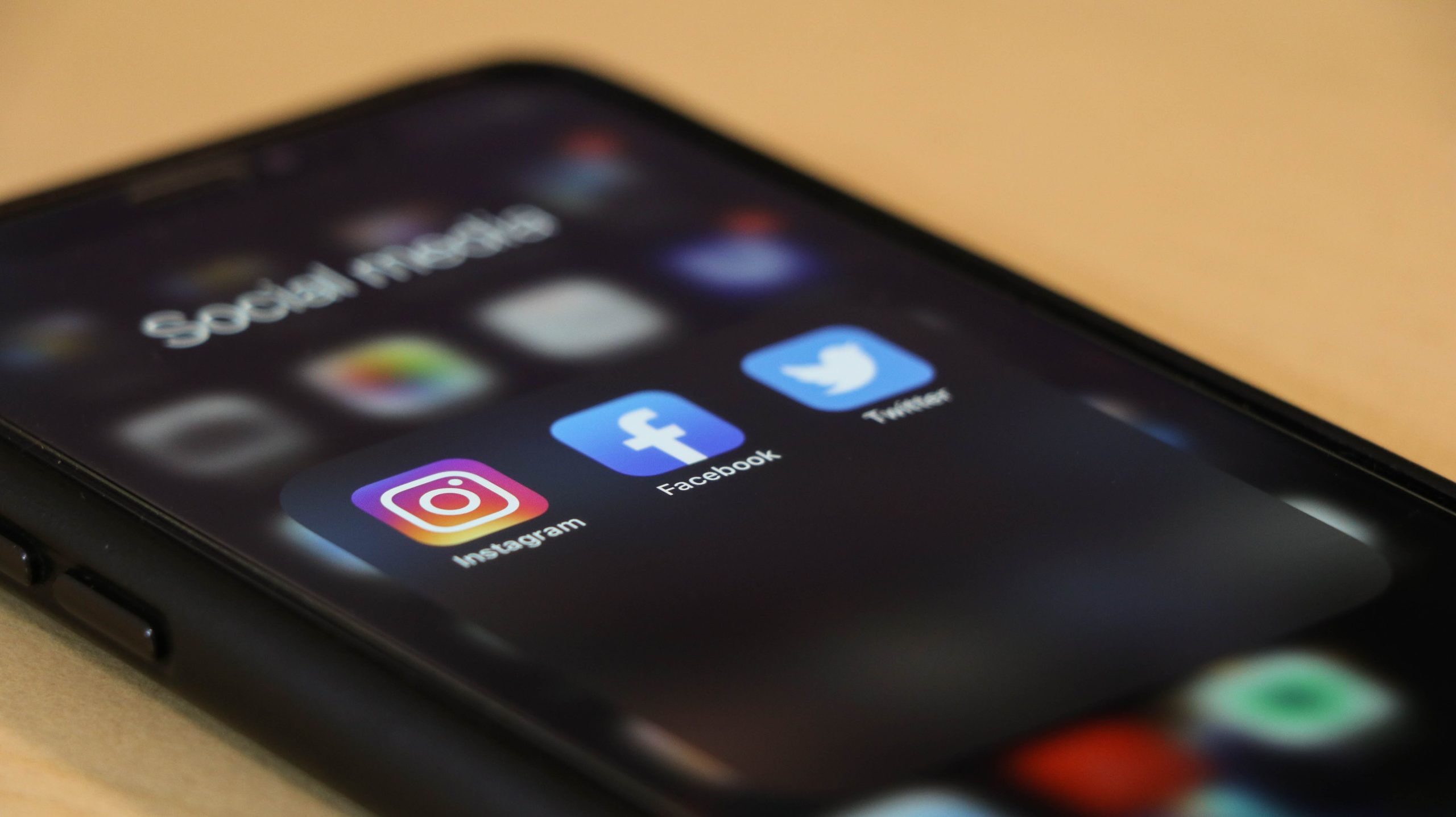In this post:
Engaging with your donors is crucial to your fundraising effort, and newsletters are an essential part of your cultivation and retention strategy. No matter how small or large, every nonprofit should be using an email newsletter to build better relationships with its donors and volunteers.
Email newsletters are relatively inexpensive and straight-forward to send, and most donors and volunteers enjoy receiving updates from your nonprofit activities via email. Even if your donors don’t always read your newsletter, they will see your organization’s name in your inbox, allowing you to remain top of mind when they think of nonprofits or making a donation.
With a quality email newsletter, your nonprofit can maintain relationships you have created in your community, promote events and drive people to your website.
Let’s take a look at nine tips that would help you make the most of your nonprofit newsletter.
1. Send on a regular basis
Your email newsletter should be part of your organisation’s overall donor communications calendar and, therefore, should be sent consistently and on a regular basis.
If your donors don’t receive your nonprofit newsletter regularly, they can forget that they signed up for it and think of it as spam or your nonprofit may come across as disorganised. Another great benefit of sending a regular newsletter is to stay “top of mind” with your current and prospective donors.
From my experience, a monthly cadence is a popular option, but can be adapted to your organisation. If you have a lot of useful content or events to share, it might be more frequent. Or perhaps with resources, it’s less frequent. Test different frequencies to find the sweet spot. Quarterly are too irregular and bi-monthly too often. You need to ensure you have quality and engaging content to share.
2. Welcome your new subscribers with a personalised email
A simple way to get your new subscribers excited about being part of your community, why not personalise your welcome email? It can build a relationship with your prospective donor or volunteer, and our friends at MailChimp found that subscribers are most engaged immediately after they sign up.

3. Make your content stand out
Keep it simple
One of the golden rules in email marketing is to make it easy to read. Way too often, nonprofit newsletters have too much text, including a technical, hard-to-understand message, or try to cover too many points.
Select your content wisely. Remember the phrase “less is more”? Considering today’s busy lives and attention spans, it’s crucial to keep your newsletter short. 20 lines of text- or about 200 words – results in the highest email click through rate. A newsletter with two stories is more likely to be more effective than one with four.
Get creative with your subject lines
Email subject lines play a crucial role in whether your newsletter gets open or moved to the trash bin. In fact, 47% of email recipients open emails based on the subject line, according to research done by Business2Community.
So make sure to use captivating subject lines. Let’s look at these two examples.
- Our September newsletter
- You are a hero!
Which one are you more likely to open? Let me guess… ‘2’ ☺
After researching 1,000 subject lines, our friends at AWeber found that email subject lines have 43.85 characters on average.
It’s worth keeping in mind that when people view content on their mobile devices, they may find long subject lines frustrating due to the small screen size and the other material shown to them in that limited space.
Last tip: why not try emojis to capture the attention of your recipients? It’s been shown that by including an emoji in the subject line you can increase open rates. Disclaimer: it’s important to make sure you match the emoji with the message/topic. It can have a negative effect if you use them without thinking before about the context and how the recipient may feel when receiving that email.
Layout & design
The most important goal of sending a newsletter is to look so easy to read and attractive that your donors can’t abstain from reading it. Therefore, make sure your newsletter is pleasing to the eye, scannable with bold headlines, white space, and bullets points where applicable.
Font
Use a big enough font. Small fonts can be unappealing and hard to read. Also, many people will be reading your newsletter on a mobile device, making it even harder. In general, a 16-point size font is easy to read.
Be mobile responsive
Be sure to design and test your newsletter for smaller devices. Mobile usage is on the rise and responsive sites will not only provide better user experience but will also improve your SEO rankings.
Content
The content is what moves your reader and viewer. A good story or case story, illustrated with a quote, a photo, or a short video, will be remembered. Try to sync your newsletter to current, real-world events; to help you make the most of your newsletter.
Keep it fresh. Be mindful not to share the same type of content every month on your newsletter. You will need to alter your content to keep your subscribers engaged. Here a few examples of types of articles you could share:
- Program updates
- Share the progress or key developments you are making on an unfinished project o Pictures and videos from your programs at work
- Event updates
- Emotional stories – from the people you are helping, donors, staff, volunteers, or board members. Get a refresh by taking a look at our Ultimate nonprofit storytelling guide.
- Your nonprofit vision for the future
- Thought-leadership in your mission
2 to 3 themes are a good number to stick to (attention span, remember?) Rather than including the entire article in the newsletter, it is better to share just an abstract or the first paragraph with a link to read the whole article on your website – this will help you keep your newsletter short and easy to read.
Remember to add your logo and brand colors as well links to social share/follow buttons.
When an organisation can connect with its donors on a personal level, it can build long-lasting relationships.
4. Stay away from including an ask
Your newsletter aims to build relationships and connections with your doors, not to raise funds. Adding a donation button could hinder your cultivation effort.
You are better off sending an exclusive mailing with an ask than including it in your newsletter.

5. Personalised donor list
Many organizations send the same newsletter to everyone on their mailing list, but your donors are unique. For example, you may have small, mid-size, corporate donors, prospective and lapsed donors. You might want to identify groups in your mailing list and create personalized newsletters that speak to those different donor groups.
6. Get the timing right.
Most emails are sent and opened during the weekdays rather than on the weekends. Tuesdays, Wednesdays, and Thursdays seem to have the highest open rate. Additionally, viewers tend to open email in the afternoon- peak hours being between 2:00 PM and 5:00 PM. This might vary between donors and location. That is why you should test and track your opening rates to make adjustments if necessary. Source.
If you have donors in different time zones, you might want to schedule by time zone to maximize your outreach.
7. Link back to your website
Direct your subscribers to your website to learn more about your cause, impact, read different articles or see more pictures and videos from your work. By learning more about your work, a prospective donor will be more likely to donate because they have more context and trust in your mission. They will see the donation button on your website along their journey – so make sure it stands out and is easy to find!
8. Test & measure
Delivery, bounce, open, click, and conversion rate are excellent sources of information to know if you are reaching your donors and volunteers with the right content and at the right time.
Aim for regular testing so you can keep improving your newsletter.
You can track performance based on subject lines, type of content, sender name, message length, etc.
If your newsletter has other calls to action (CTAs) within it – for example a useful guide or webinar registration, be sure to track how many come from your newsletter.
9. Ask for feedback
It’s critical to survey and listen to your subscribers about their experiences. Conduct an annual survey and find out what inspires them and what information they are looking forward to receiving. Don’t forget to ask them for advice. It will make people feel valued that you are looking for their input.
Need some inspiration? Take a look at these amazing charity email designs.




